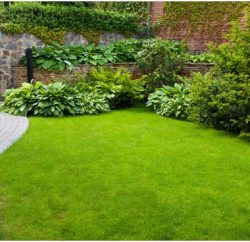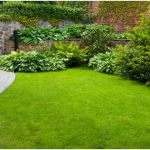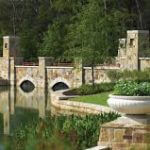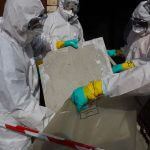You may not think that summer is a time when wood rot specialists would be required. It’s the warmest season, hopefully the driest, and this should negate the need for timber preservation and specialist treatments.
However, summer can still present risks to timber strength, rot compromises structural integrity in the worst cases.
For example, a thunderstorm could reveal that there is a hole in the roof to a property. As the torrential rain cascades in to the building it will meet with timber joists, flooring and any items stored in an attic space.
Also, plumbing issues can occur at any time, whatever the weather. A cracked pipe could spell disaster for untreated timber and require replacement with new wood that has received timber preservation treatment to offset the risks of wood rot.
Hopefully, when you go on holiday you turn the stopcock off but a water tank or boiler could still break and cause flooding. This, fingers crossed, won’t happen, but it is something to be mindful of. Two weeks of saturated timber whilst you lounge on a beach means that there’ll be a stressful homecoming.
Wood rot specialists, including Thames Valley Timber Treatment, appreciate that while the risk of condensation diminishes and ventilation is largely improved by air flow from open windows, if steam builds up in areas and has no means of escape or too little, this could present a risk to the timber.
Dry rot requires at least 20% moisture to present itself, wet rot requires approximately 30%- 50%.
Both are fungi and should be acted on immediately if you have a suspicion. Wood rot sends out spores which eat the timber to survive and the fungi fruits and spreads.
The longer that a problem is left unresolved, the worse the damage and a higher bill becomes more probable. Please don’t take the risk.
Wet rot is also known as cellar fungus. It is often mistaken for dry rot by novices so please call in trained professionals who will carry out a full survey and evaluate the true cause and extent of an issue requiring timber treatment.
Wet rot leaves timber damp, spongy and showing brown-black veining, often with a lighter cream edging. It is accompanied by a musty aroma.
Dry rot has visible cream-white strands and the fungi can bore through paintwork in mushroom shapes.
Timber treatment services
- A comprehensive timber inspection is carried out and a report provided which gives details of the rot and recommendations for timber treatment.
- The cause of issues resulting in timber rot must be identified, removed or repaired.
- Any salvageable timber must be dried out and given timber preservation treatment.
- The affected timbers will be removed to a safe level and replaced with treated timber.
- If a sizeable section of timber needs to be replaced, the new installation’s timber preservation treatment is guaranteed as standard.
Hopefully, you won’t need to call wood rot specialists this summer but it’s good to know they’re there for you.































